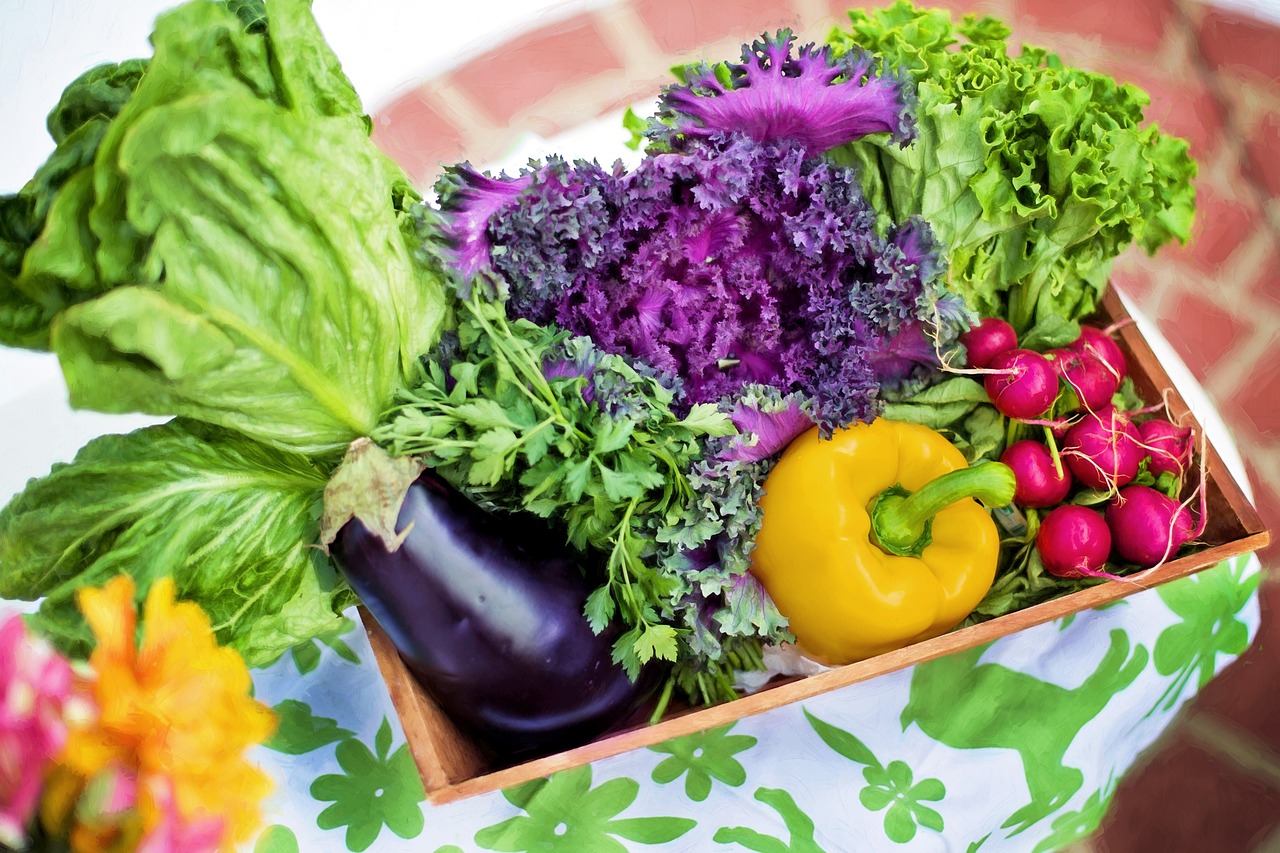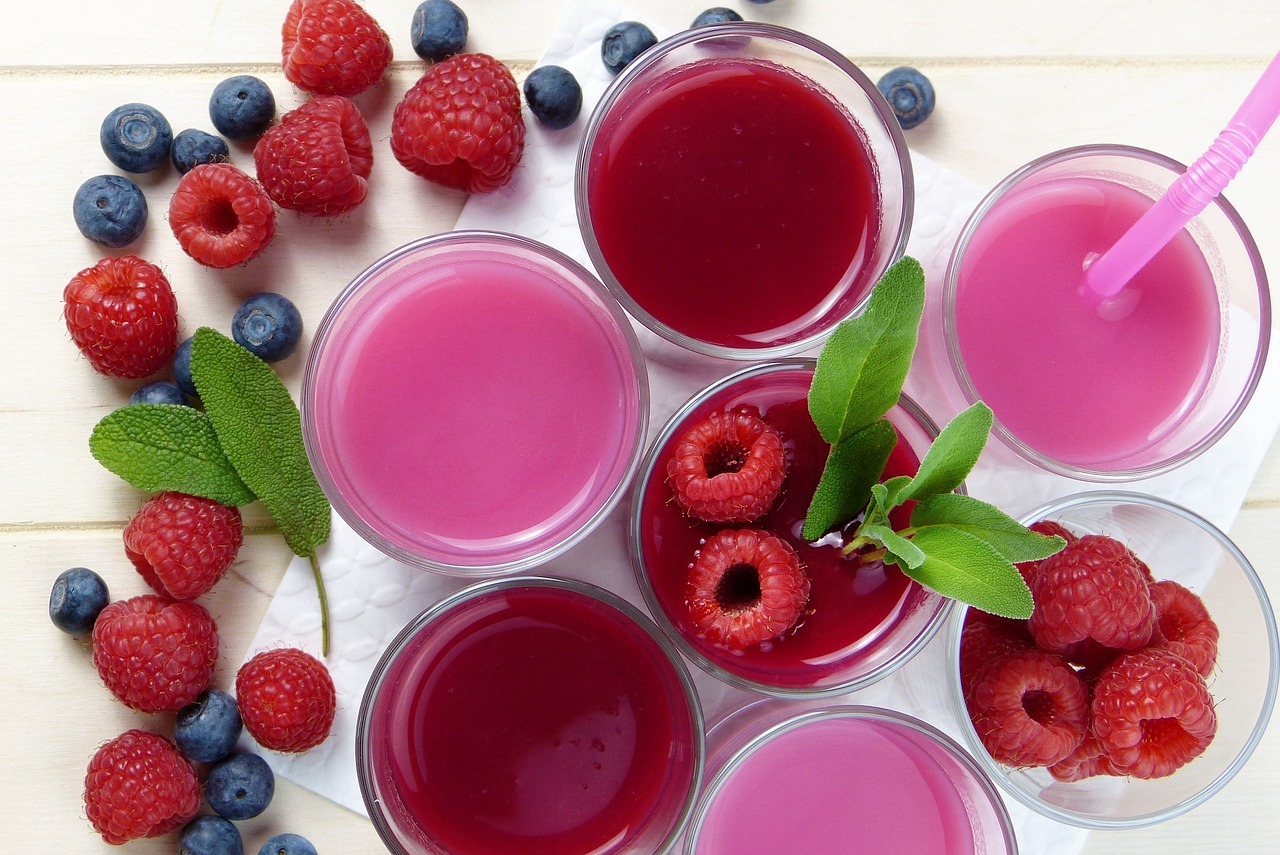
Empowering Your Health Journey
Welcome, where your health and wellness journey is our focus. Combining personalized guidance, expert advice, and an all-encompassing approach, we’re committed to your holistic well-being. Choose Healthy Nibbles for your health journey and experience the transformation that comes with true wellness.

Our Pioneering Approach
We go far beyond simply guiding you – our dedication lies in delivering a health and fitness service tailored specifically to your unique needs. We’re here for you every step of the way!
Physical Fitness and Training
Your Personal Fitness Blueprint: Experience customized training programs designed to help you reach your fitness goals.
Mental Health
Stay proactive about your mental well-being with our expert advice and mental resilience resources.
Diet and Nutrition
Experience the vitality that comes with a well-nourished body. We guide you to make informed food choices that keep you feeling great while tasting fantastic.
About Us
Welcome to Healthy Nibbles, your central hub for trusted and comprehensive health and fitness insights. Our mission is to promote holistic wellness and provide valuable resources to empower you on your journey towards better health.
Dive into our vast selection of meticulously crafted articles and guides covering an extensive range of health and fitness topics. From understanding the nuances of physical training to strategies for achieving mental balance, our content is curated to educate, inspire, and assist you in making informed decisions for your well-being.
Discover practical tips and lifestyle advice to optimize your physical and mental health. We believe that small, sustained changes can lead to significant improvements in your quality of life, and we’re here to guide you every step of the way towards a healthier, happier you.


Why Choose Us
With unwavering dedication to your wellness, our team of highly trained health and fitness professionals ensures that you receive nothing less than exceptional guidance and support.
Personalized Fitness Training
Our fitness service is enhanced with advanced strategies, backed by science and executed by professional trainers who are committed to your physical transformation.
Free Health Consultation
As part of our mission to make health and wellness accessible to all, we offer initial consultations free of charge. This compassionate initiative prioritizes your health without placing a financial burden on you.
Diet and Nutrition Guidance
Our Diet and Nutrition services offer you comprehensive, personalized dietary advice to fulfill your nutritional needs and complement your fitness regime.
Latest Posts
-

So Many ‘Just One Thing’ Ideas To Improve Health Wellbeing
Published On:
Posted by:
As with so many folk who are not in their teenage or summer period of their lifespan, I have the odd grumble. Serious osteo arthritis has hampered a lot of my activities such as hiking or biking – I am now limited to a sometimes brisk, but usually slower ramble, but I do try to […]
-

Discover Beauty Oasis: Your Ultimate Beauty Escape in Wellingborough
Published On:
Posted by:
Are you in search of a sanctuary that combines pampering, rejuvenation, and sheer luxury all under one roof? Look no further! Nestled in the heart of Wellingborough lies Beauty Oasis, your ultimate beauty escape when you are looking for a beauty salon in Wellingborough. A Haven of Tranquility As you step into our salon, you […]
-

The Psychology of Eating: Mastering Your Relationship with Food for a Healthier You
Published On:
Posted by:
Introduction: The Power of the Mind-Body Connection When it comes to our relationship with food, the psychological aspect plays a crucial role in our overall well-being. The psychology of eating explores the intricate connection between our minds and our food choices, highlighting the importance of understanding and mastering this relationship for a healthier and more […]
-

From Farm to Plate: A Comprehensive Guide to Clean Eating and Sustainable Living
Published On:
Posted by:
Introduction: Nourishing Your Body and the Planet In a world filled with processed foods and environmental concerns, clean eating and sustainable living have emerged as powerful ways to prioritize both personal health and the well-being of the planet. By embracing a lifestyle that focuses on consuming whole, unprocessed foods and making environmentally conscious choices, we […]
-

Unlock Your Full Potential: The Powerful Intersection of Mental Health and Physical Fitness
Published On:
Posted by:
Introduction: A Game-Changing Duo When it comes to leading a happy and fulfilling life, the importance of both mental health and physical fitness cannot be overstated. While they may seem distinct, these two aspects of our well-being are deeply interconnected. In fact, engaging in physical fitness activities can significantly impact our mental health in a […]